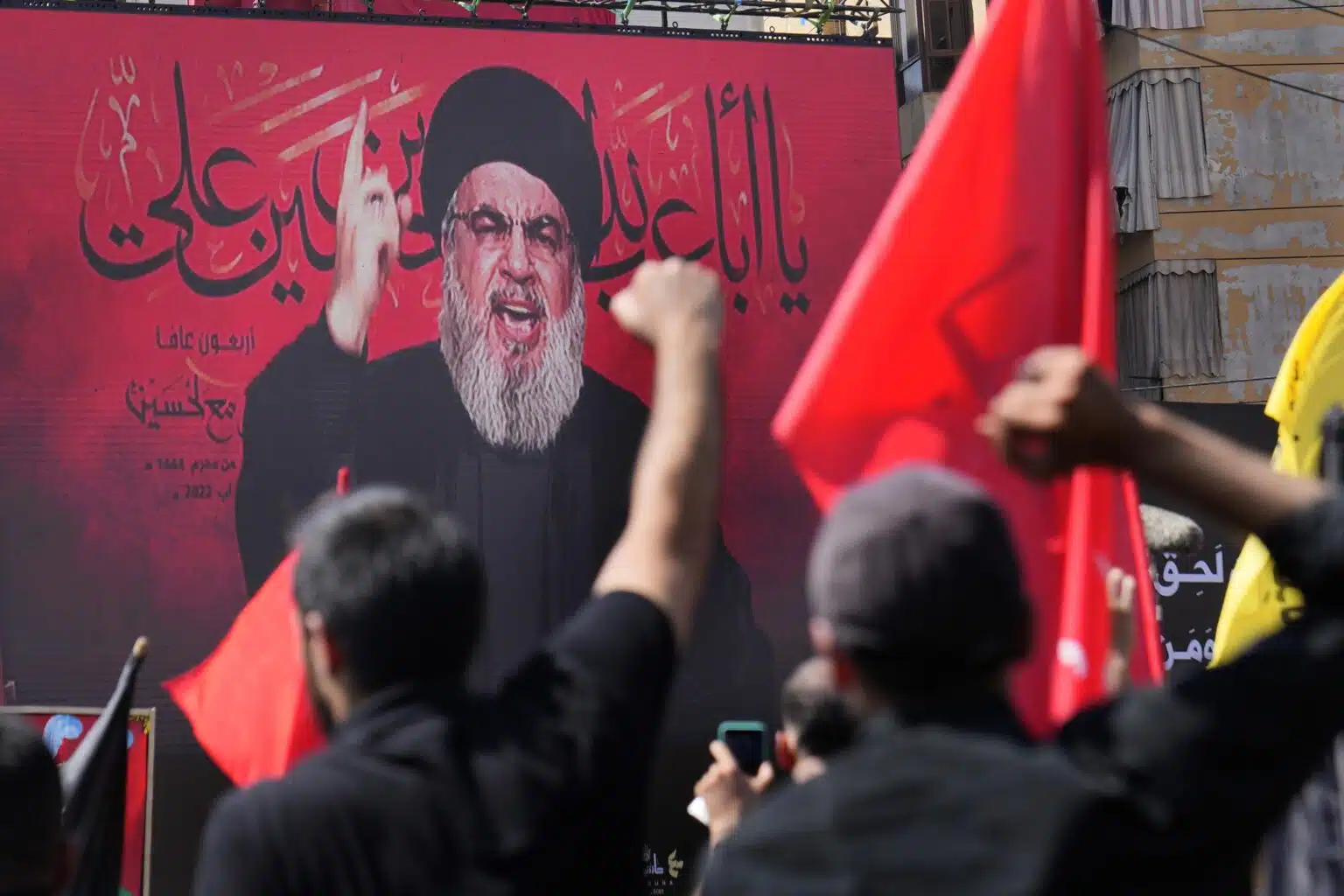Although Israel was on high alert and there were multiple intelligence warnings, no missiles or unmanned drones were launched at Israel on Friday as Iran celebrated its Jerusalem Day in favour of the Palestinians. There have been indications of a cyberattack, albeit it appears to have very minimally damaged the websites of Israeli banks. Both sides engaged in psychological warfare while exchanging verbal blows at the same time.
An unprecedented rocket assault from Lebanon this week provided Israel with an indication of the military capacity of the Lebanese branch of Hamas, an Islamic group battling Israel’s American-backed occupation of the West Bank and Gaza Strip based in Palestine.
The findings reached in Iran and Lebanon on Israel’s vulnerability were mirrored in Nasrallah’s address. Netanyahu continues to place the blame on everyone but his own administration as Israel makes an effort to discreetly conclude Ramadan.
Experts believe that Iran or Iran’s proxies Hezbollah may have provided the rockets that were fired towards northern Israel by what seems to be a branch of the Palestinian terrorist organisation Hamas. Israel attributed the missile fire, which was the worst since the Second Lebanon War in 2006, to Hamas.
The rocket was probably made by Iran using a combination of Russian and Chinese ammunition, according to a well-known Western weapons analyst who tweets anonymously under the handle Calibre Obscura and whose work has been quoted by The Guardian, AFP, Vice, and other publications with several versions of it.
According to Calibre Obscura, these are basic, intuitive, and inefficient guns, The Times of Israel. However, they are able to inflict tremendous damage when launched in huge barrages as the replacement for the Ussr Katyusha. Grads and their Iranian variants are not new to the region; Hezbollah, a force with antecedents in Lebanon resisting the Israeli occupation of Southern Lebanon and Hamas in Gaza have both deployed them.
The majority of the attack’s missiles were fired from the Upper and Western Galilee in northern Israel, and Grad-type rockets were discovered there. According to Calibre Obscura, one of the hits of the missiles in the main barrage was detected in the northern Israeli town of Shlomi.
All of the alleged Iranian missiles discovered by the LAF perused to have been launched against Israel using unofficial launchers rather than the truck-mounted multiple rocket launcher system (MRLS) in question. However, the later discovery of other rockets that had not been fired suggests that the improvised launchers are not very dependable.
Giving Hamas a complete launch vehicle may be too much of a hassle. According to Calibre Obscura, if they want to convey a message without doing too much harm, they may shoot a few, position them with a straightforward smartphone app, and launch them with a vehicle battery and some cables. They noted the difficulty for Israel to discover such a launch location in comparison to the far bigger launch sites.
The possibility of Hamas’ involvement underscores the organization’s closer ties to Hezbollah and Iran, who both oppose Israel’s existence. Following a period of tense relations when the parties supported opposing sides in the Syrian civil war ten years ago, those connections have recently warmed up. While Iran and Hezbollah, both Shia groups, allied with the Syrian government, Hamas, a Sunni Muslim organisation, supported Sunni militias that were considered to be an insurrection against the government.












